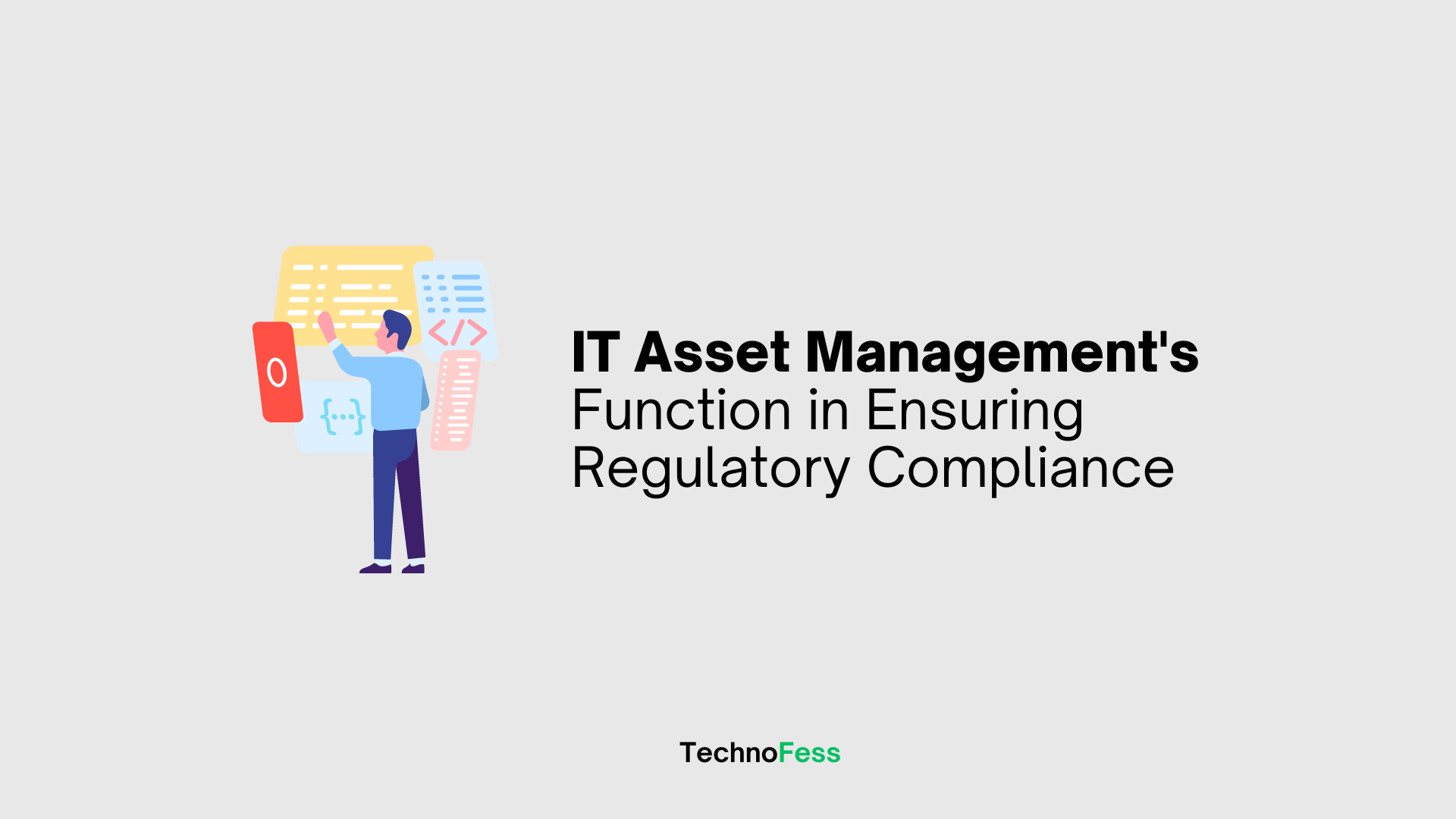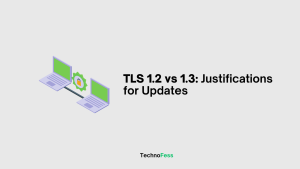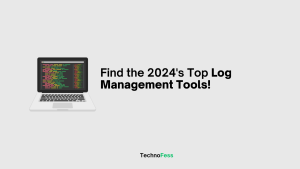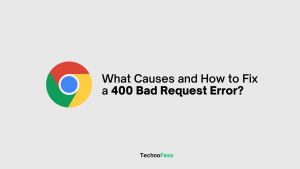As to Gartner, IT asset management is the organizational discipline that aims to maximize the business value of technology strategy, architecture, finance, contractual, and sourcing decisions by “providing] an accurate account of technology asset lifecycle costs and risks.” To optimize IT expenditure, manage risks, control costs, and assist asset decision-making, teams employ ITAM software and other technologies. They also adhere to contractual and regulatory obligations for on-premises and cloud assets.
Read also: Increasing the Scalability and Energy Efficiency of Data Centers
In order to avoid fines, penalties, and security concerns, we will concentrate on the critical role that ITAM software plays in fulfilling compliance duties in this article.
Among the subjects discussed are:
- The part ITAM plays in regulatory compliance: a summary of the main laws that call for automated ITAM functionality
- ITAM use cases include reviewing vendor management and third-party compliance, software licensing, hardware and software compliance, data privacy and GDPR compliance, and inventories of IT assets.
- ITAM’s best practices include addressing budgetary restrictions, departmental coordination, automated asset finding and tracking, frequent audits and evaluations, records and documentation, and policies and procedures.
- ITAM difficulties and traps include those related to data timeliness and accuracy, organizational complexity, old software, and legacy systems, resource allocation and financial restraints, audits, and staff development.
Maintaining IT Asset Compliance in the Digital Age: ITAM teams are responsible for meeting internal audit needs, adhering to vendor and customer standards, and ensuring regulatory compliance with national, regional, and industry criteria.
The rapid changes in the regulatory environment are creating new compliance standards. The following are a few laws that either directly or indirectly deal with ITAM:
Data collection, storage, usage, and transfer are governed by a number of laws, including the Payment Card Industry Data Security Standard (PCI DSS), the Health Insurance Portability and Accountability Act (HIPAA), and the General Data Protection Regulation (GDPR).
Rules pertaining to cybersecurity breaches: Publicly traded corporations are required under the Security and Exchange Commission’s Final Rule on Cybersecurity Risk Management, Strategy, Governance, and Incident Disclosure to report cybersecurity breaches within four days.
Software licensure management: Use of enterprise-wide or automated software license management systems is mandated by numerous federal and Department of Defense (DOD) regulations and actions. Among these are numerous more, such as DOD Instruction 5000.64 Accountability and Management of DoD Equipment and Other Accountable Property and DOD Instruction 4140.73 Asset Physical Accountability Policy.
Examine IT Discovery to Ensure Compliance: Making Sure Your Business Complies with Regulations
Thus, what role does an ITAM solution play in proving regulatory compliance?
Companies need to know what systems they’re operating, what security protocols, software, and firmware they use, and how they handle data to guarantee data privacy and vouch for hardware and software systems. Security teams need to know which systems were affected, what data they store, and how dependent they are on one another so that security teams can promptly report intrusions. Additionally, businesses can only ensure software licensing compliance if they can keep an eye on all hardware and software assets, checking information like the number of users, the date of purchase, the conditions of license agreements, and other specifics.
Read also: Server Location’s Effect on SEO and Website Performance
Use Cases for ITAM in Compliance
The following is how ITAM solutions meet the needs of important use cases in order to comply with regulations:
Identifying all physical, virtual, cloud, and hybrid infrastructures through automation is how ITAM solutions create an IT asset inventory for compliance. They can be programmed to run on-demand or as frequently as necessary to maintain current IT inventory. Users can also automate the documentation of IT assets, ensuring that stakeholders have access to the data they require at all times.
Ensuring efficient license management: Software compliance is one of the main responsibilities of SAM teams. To achieve this, they can manage all software licenses across hybrid infrastructures, including user-, device-, and CPU-based models, by utilizing ITAM solutions. Software consumption in the present compared to licensing counts, software that is restricted, license agreements and their expiration dates, and installed versus paid software are all tracked by automated ITAM solutions. Additionally, these systems also offer automated contract expiration alerts, enabling organizations to promptly renew software. SAM teams can utilize this information to pay bills, maximize warranties, avoid paying for idle software, renegotiate contracts, demonstrate compliance with software providers, and avoid fines.
Upholding security compliance and hardware: IT teams are responsible for more hardware than before, which they oversee across edge sites, commercial buildings, and data centers. Teams may print personalized QR codes, assign configurable asset numbers automatically, and manage an infinite number of non-IP assets through an online interface with ITAM tools.
Additionally, ITAM solutions offer auto-discovery features to guarantee that firewalls and security software are installed on devices and that the disk encryption is correct.
Monitoring third-party compliance and vendor management: ITAM solutions give teams access to information and contracts, among other documents, to help them manage vendors and make sure they’re adhering to the terms of their agreements. Routine risk evaluations can also benefit from the usage of this data.
Ensuring GDPR compliance and data privacy: Teams can track data usage throughout their business with near-real-time visibility into all software assets, application dependencies, and process dependencies. They can make use of this data to enhance security, safeguard personally identifiable information, and guarantee adherence to laws such as the GDPR.
The Best Ways to Ensure Efficient IT Asset Management
Businesses must build a team, implement governance, offer automated tools and reporting, and make a commitment to advancing the maturity of hardware and software asset management (HAM/SAM) procedures in order to succeed with ITAM. They will also need to take a lifecycle approach to managing IT assets, spanning planning and budgeting, acquisition, assignment, utilization and optimization, decommissioning, and disposal.
To guarantee that ITAM operations are successful, certain best practices consist of:
Creating explicit ITAM policies and processes: ITAM policies delineate an organization’s stance and the leadership’s dedication to appropriate asset management. Roles and responsibilities, rules and regulations, and compliance specifications are all provided by these policies. They also go over the procedures and tools that teams need to use, as well as the potential repercussions for not adhering to policy recommendations.
Automating asset tracking and discovery: Groups can plan regular updates or execute tasks as needed. Automated ITAM systems use agentless and agent-based procedures to find all assets and gather information from hosts and virtual machines. Teams may track both IP- and non-IP-based assets across their whole lifecycle with the help of this data. They should, however, check the input and identify and fix any irregularities.
Read also: The Best Justifications for Using VPS in Cryptocurrency Trading
Regularly conducting audits and assessments: SAM/HAM teams can collaborate with other important stakeholders to carry out internal ITAM audits and device status checks. By doing this, these teams are able to recognize any problems and take proactive measures to fix them before they become penalties or cause security problems.
Working together across departments: IT teams will be in charge of ITAM procedures, but they also engage with a wide range of other stakeholders who are interested in making sure hardware and software are compliant. Finance leaders who set asset budgets, procurement teams that buy devices, compliance teams that handle this function across the entire organization, business heads that manage device fleets and provide users with equipment, transformation teams that are in charge of modernizing the application portfolio, security teams that search for holes and weaknesses, and IT service management (ITSM) teams that troubleshoot device issues are some of the stakeholders involved in ITAM. By automating tailored reporting to support the various functions, each group will be able to carry out its duties with the most up-to-date, thorough data available.
Maintaining thorough records and documentation: Teams can run several reports to provide lenses into assets by location, cloud provider, power distribution unit, and category, and automated procedures will gather all device information. Additionally, they can generate reports for hardware end-of-life, ITSM operations, lifecycle management, and duplicate assets. To meet the requirements of audits and compliance, any of these reports can be generated on demand.
Common ITAM Solution Obstacles and Difficulties
What are some typical obstacles to optimizing ITAM utility, then?
Ensuring timely and reliable data: Teams must plan tasks at the appropriate pace, check output for accuracy, and identify and correct any anomalies.
Simplifying organizational complexity: In order to develop scalable processes, stakeholders are attempting to minimize the complexity of organizations, networks, and devices. ITAM data can be leveraged to simplify organizations and give teams new capabilities by modernizing, retiring, and consolidating hardware and software.
ITAM reports identify end-of-life hardware and software, addressing legacy systems and out-of-date applications. Cross-functional teams can use this data to determine which skills are still required, how to get them, and when to decommission outdated systems.
Budgetary restrictions and resource allocation are addressed by ITAM solutions, which offer useful data that can be utilized to make resource allocation decisions. For example, ITAM systems can tell you how many additional devices are required to support worker training, business expansion, and transformation efforts.
Companies also want to make sure that their money is directed toward the appropriate priorities. Finance and procurement can adjust their spending by using ITAM solutions, which can identify waste, such as underutilized solutions.
Handling audits: Prominent hardware and software firms, like AWS, Google, IBM, Microsoft, Oracle, and others, routinely audit organizations. Achieving success in these audits and avoiding penalties requires proactive management of license agreements and precise documentation retrieval.
Read also: Fix for DNS PROBE FINISHED NXDOMAIN on Desktop and Mobile Devices
Employee skill development and training: Asset-tracking systems show the solutions that businesses are utilizing as well as trends in growth. By predicting the new abilities that will be required, teams may utilize this data to plan staff training and development. Furthermore, ITAM teams can leverage demonstrations, training videos, how-to manuals, and other technical documentation from top suppliers to educate new hires on critical procedures.
Use ITAM Solutions to Simplify Regulatory Compliance Processes
ITAM systems scale with the expansion of an organization’s company and offer useful data and information to support regulatory compliance processes.
The goal of SAM/HAM teams should be to persuade other stakeholders to give ITAM processes top priority in order to detect and resolve problems, protect customer information, and comply with all legal and regulatory requirements in the regions and industries in which their organizations operate.





